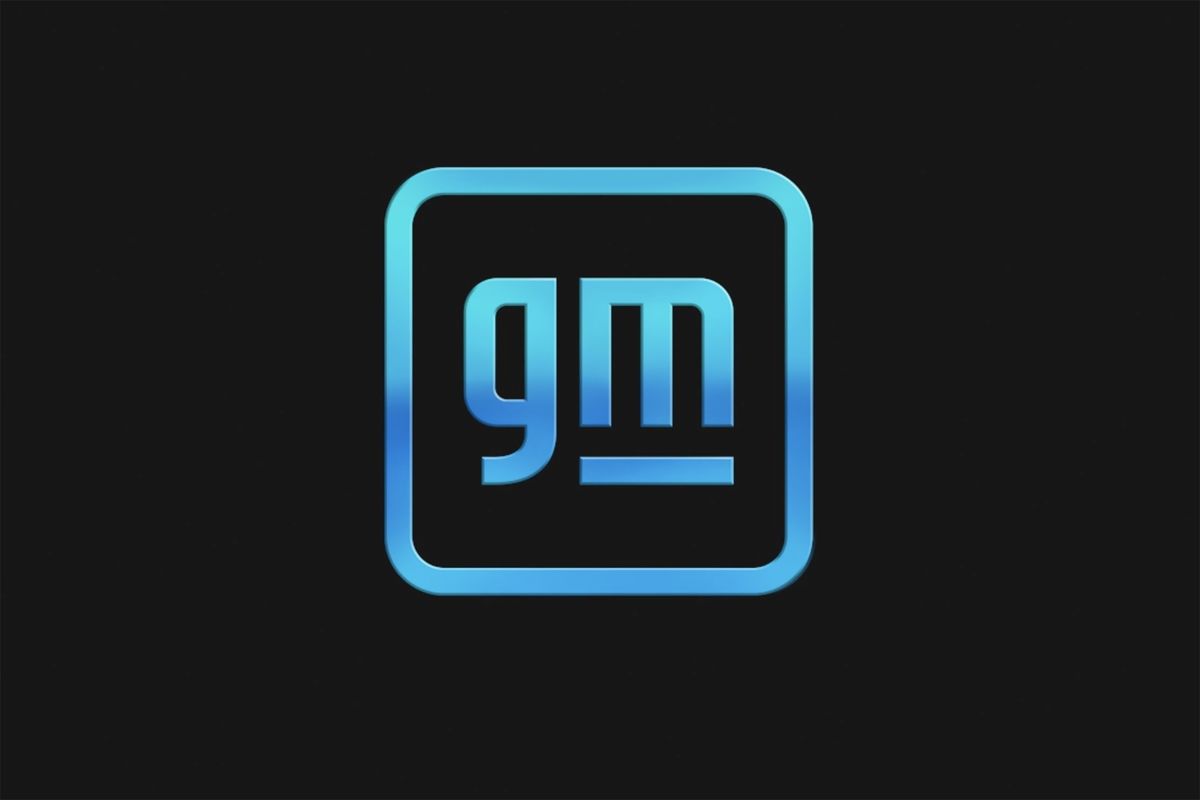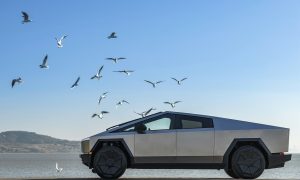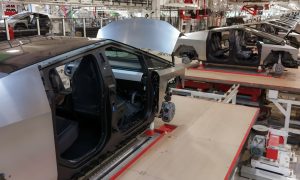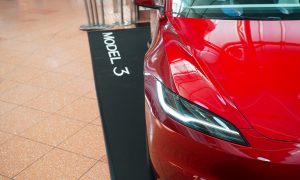General Motors (GM) is said to be ending its Ultra Cruise driver assistance program, after years of the technology being called a potential rival to Tesla’s Full Self-Driving (FSD) beta.
As GM attempts to correct issues with its separate self-driving company Cruise following an October accident, the automaker has also been reallocating spending and considering the path forward for its own semi-autonomous driving programs. According to two sources familiar with the matter in a report from CNBC, GM is now ending its Ultra Cruise project after expectations that the system was to launch in the U.S. last year have come and gone.
One of the sources said GM will end the Ultra Cruise program to instead put energy into developing the Super Cruise system, rather than featuring two different ADAS systems with separate naming conventions. While it wasn’t directly commented on, this point seems to have been highlighted by one GM executive in response to the initial report.
“GM continues to expand access to and increase the capability of Super Cruise, our advanced driver assistance technology,” said Darryll Harrison Jr., GM’s VP of Global Tech Communications, in a statement to CNBC, though he declined to comment on Ultra Cruise. “Our focus remains on safely deploying this technology across GM brands and more vehicle categories while expanding to even more roads.”
At the time of writing, GM has not responded to Teslarati’s requests for further comment.
Not to be confused with GM’s more limited Super Cruise system, Ultra Cruise was set to be available in the automaker’s premium vehicles, while the former was being developed for economy-level products. Ultra Cruise was going to offer hands-free driving and a wider set of areas in which the advanced driver assistance system (ADAS) could be used, and it was eventually expected to become capable of driving the car on its own in 95 percent of cases.
Ultra Cruise was also set to use a combination of long-range cameras and short-range sensors, while the system also uses more computing power than Super Cruise. In addition, Ultra Cruise boasted the use of real-time data to govern automobile control—hence its comparison to the Tesla FSD beta.
GM announced plans to debut Ultra Cruise in its Cadillac Celestiq electric vehicle (EV) in a press release last year, after initially announcing the software in 2021.
“Ultra Cruise will cover more than 2 million miles of roads at launch in the United States and Canada, with the capacity to grow up to more than 3.4 million miles,” wrote in its original announcement of the product. “Customers will be able to travel truly hands free with Ultra Cruise across nearly every road including city streets, subdivision streets and paved rural roads, in addition to highways.”
Another similarly named arm of GM, its subsidiary Cruise, has recently been facing significant scrutiny, after the GM-owned company had one of its self-driving vehicles drag and pin a pedestrian in October.
The aftermath of that incident has caused months-long turmoil at the startup, with multiple executives having left ahead of the company laying off around a quarter of the staff. The company also faces both state and federal investigations into its vehicles’ accident response and technology, and GM has halted production of its Origin self-driving van.
During an Automotive Press Association last month, GM CEO Mary Barra said the company was “very focused on righting the ship” at subsidiary Cruise.
GM expands Super Cruise hands-free driving to full-size SUVs
What are your thoughts? Let me know at zach@teslarati.com, find me on X at @zacharyvisconti, or send your tips to us at tips@teslarati.com.











